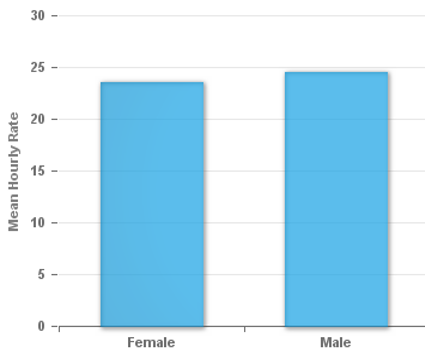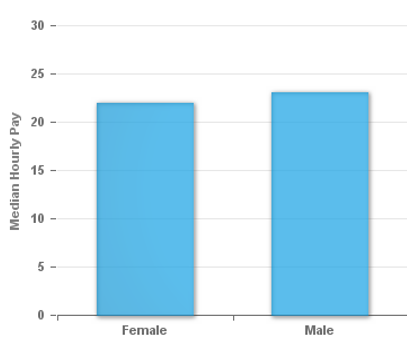Privatsphäre-Einstellungen
Allgemeine Privatsphäre
Sobald Sie eine Webseite besuchen, kann Sie Informationen über Ihren Browser, meist in Form von Cookies, speichern oder abrufen. Diese Informationen können sich auf Sie, Ihre Einstellungen oder Ihr Gerät beziehen und werden hauptsächlich genutzt, um die Website an Ihre Erwartungen anzupassen. Die Informationen lassen sich nicht direkt auf Sie zurückführen, aber sie können Ihren Besuch der Webseite besser auf Sie zuschneiden. Da wir Ihr Recht auf Privatsphäre respektieren, können Sie bestimmte Cookies ausschließen. Klicken Sie auf die Überschriften der unterschiedlichen Kategorien, um mehr zu erfahren und unsere Standardeinstellungen zu ändern. Das Blockieren von einigen Cookie-Arten kann jedoch Ihren Besuch auf unserer Webseite und unser Angebot beeinflussen.
Strikt erforderliche Cookies
Immer aktiv
Diese Cookies sind für die korrekte Funktion der Website notwendig und können in unseren Systemen nicht ausgeschaltet werden. Sie werden in der Regel nur als Reaktion auf von Ihnen vorgenommene Aktionen gesetzt, die einer Anfrage gleichkommen, wie z.B. das Festlegen Ihrer Datenschutzeinstellungen, das Anmelden oder Ausfüllen von Formularen. Sie können Ihren Browser so einstellen, dass er diese Cookies blockiert oder Sie auf Cookies hinweist, dies kann jedoch verhindern, dass einige Bereiche der Webseite korrekt dargestellt werden. Diese Cookies speichern keine personenbezogenen Daten.
Performance-Cookies
Diese Cookies ermöglichen es uns, Besucher und Traffic auf unserer Seite zu erfassen, um damit die Leistung unserer Seite zu verbessern. Sie geben Auskunft darüber, welche Seiten schwach oder stark frequentiert werden und wie die Nutzer auf den Seiten navigieren. Alle Information, die über diese Cookies gesammelt werden, werden zusammengefasst und sind daher anonym. Wenn Sie diese Cookies nicht zulassen, wissen wir nicht, wann Sie unsere Seite besucht haben und können nicht die Leistung der Seite überwachen.
Zielgerichtete Cookies
Diese Cookies können von unseren Werbepartnern über unsere Website gesetzt werden. Sie können von diesen Unternehmen verwendet werden, um ein Profil Ihrer Interessen zu erstellen und Ihnen relevante Anzeigen auf anderen Websites zu zeigen. Sie speichern keine direkt personenbezogenen Daten, sondern basieren auf der eindeutigen Identifizierung Ihres Browsers und dem Gerät, mit dem Sie ins Internet gehen. Wenn Sie diese Cookies nicht zulassen, werden Sie weniger gezielte Werbung erhalten.

































